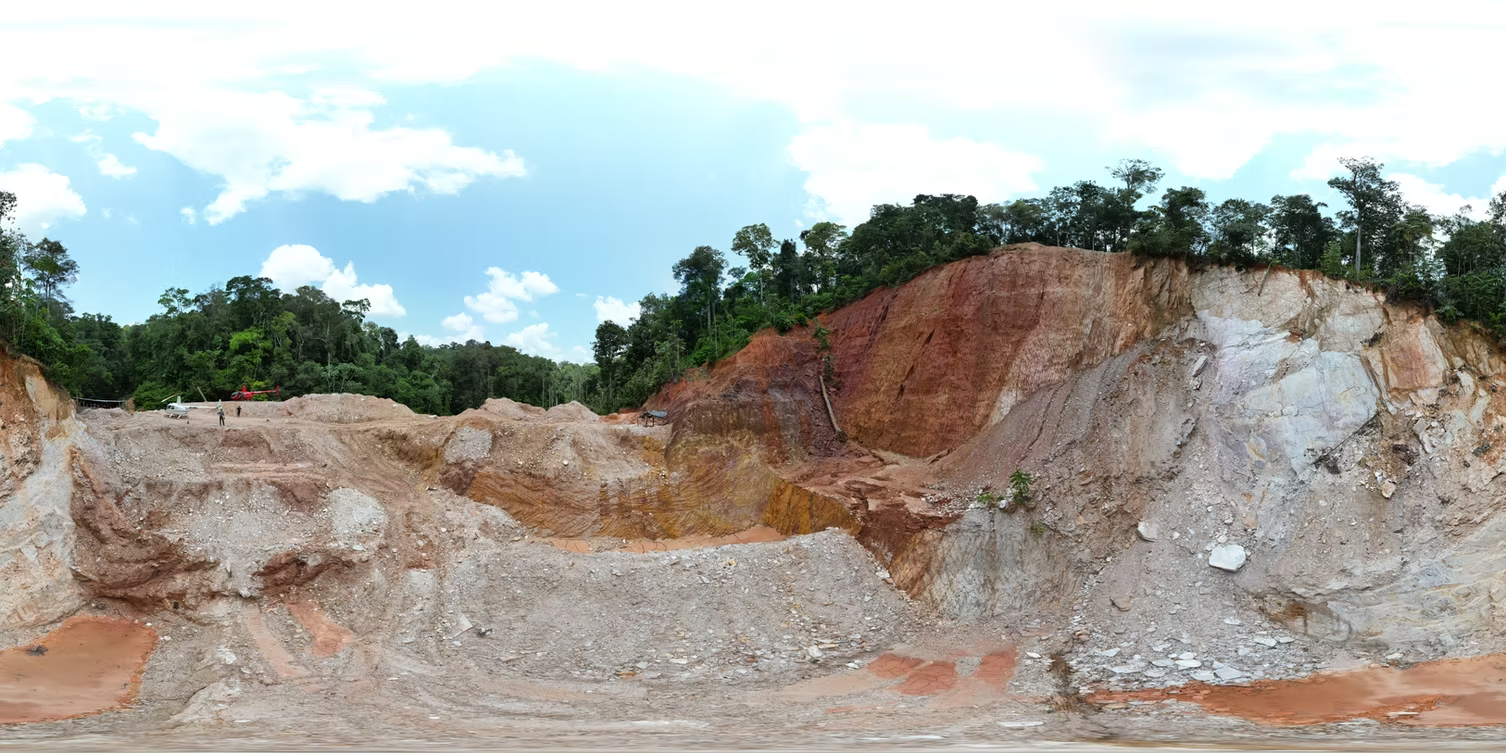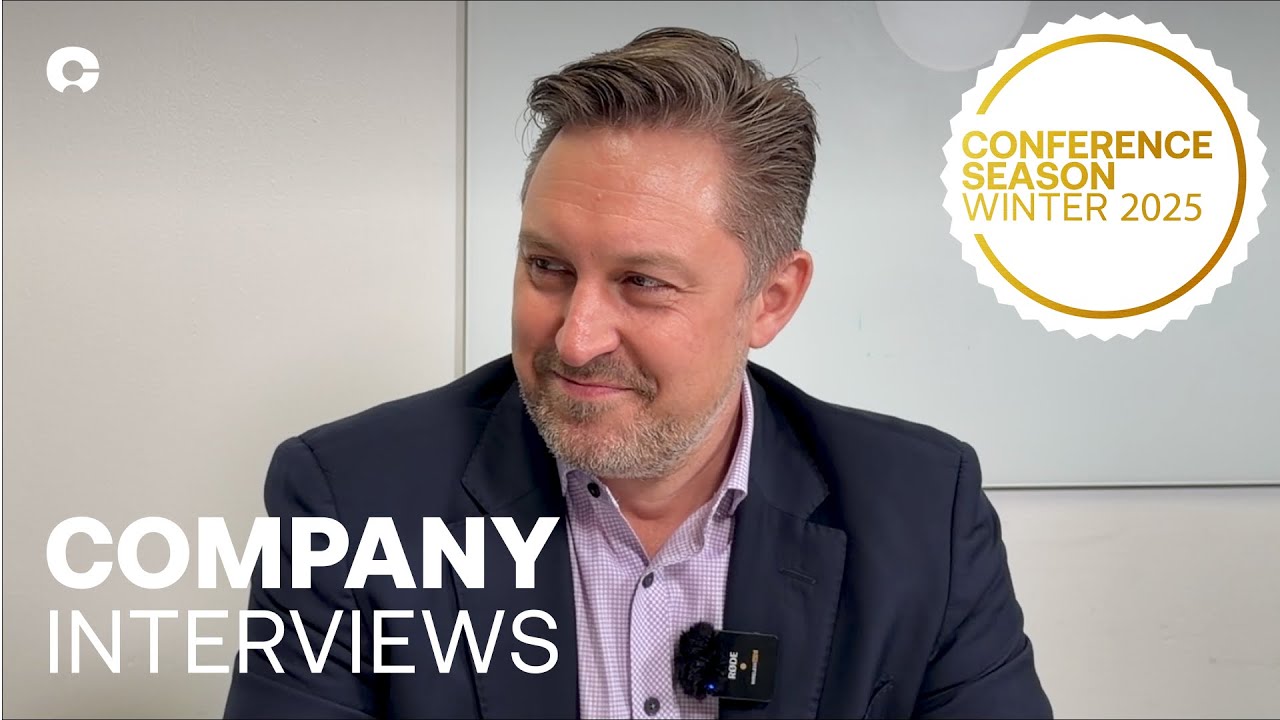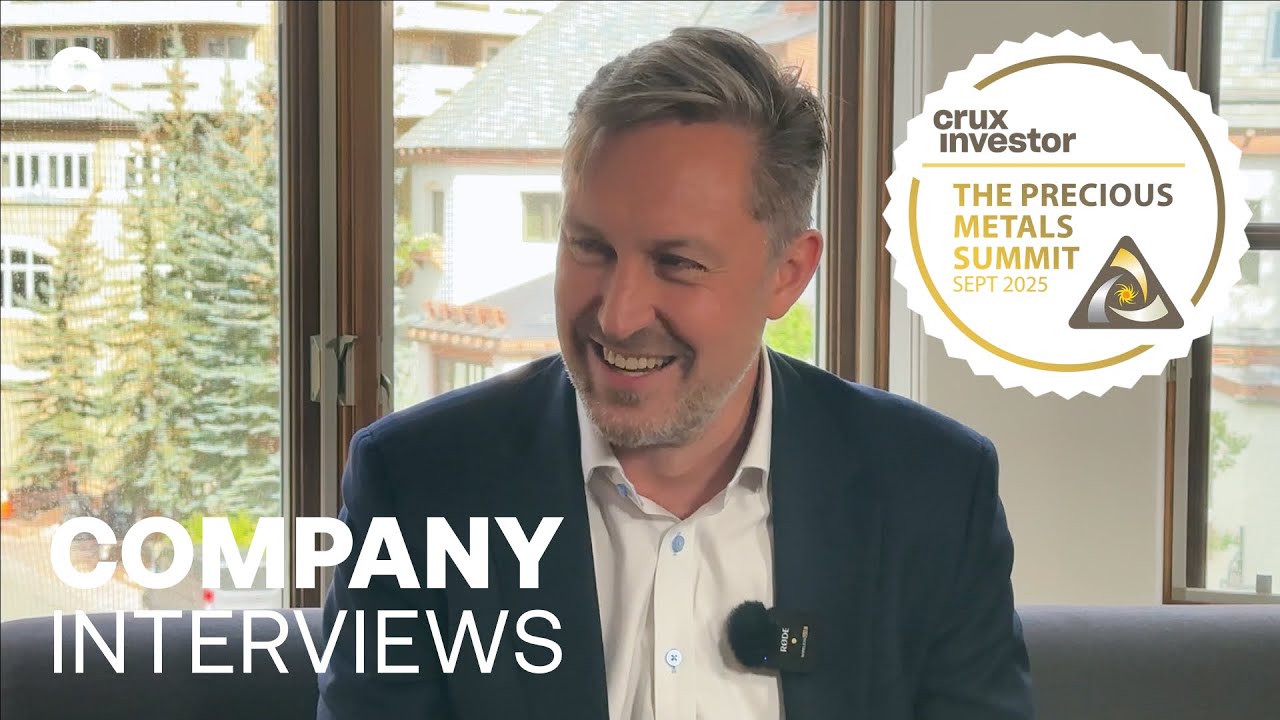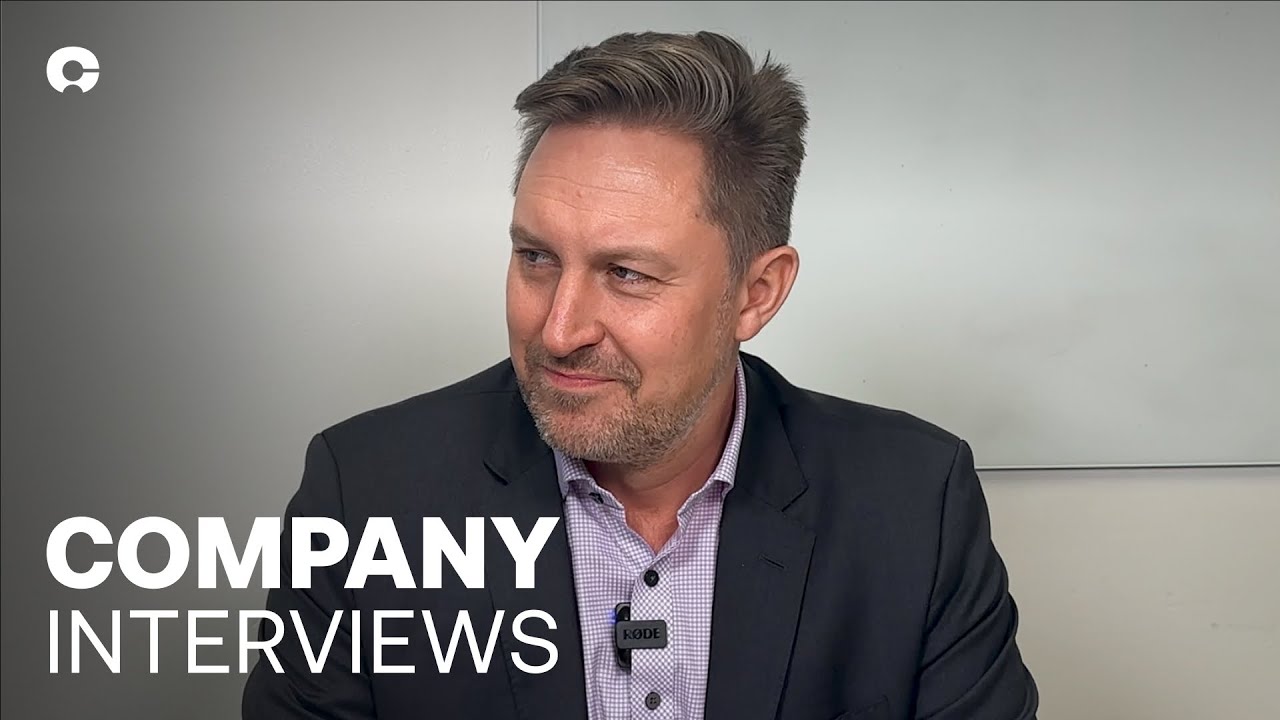G Mining Ventures
NYSE: CLOSED
TSE: CLOSED
LSE: CLOSED
HKE: CLOSED
NSE: CLOSED
BM&F: CLOSED
ASX: CLOSED
FWB: CLOSED
MOEX: CLOSED
JSE: CLOSED
DIFX: CLOSED
SSE: CLOSED
NZSX: CLOSED
TSX: CLOSED
SGX: CLOSED
NYSE: CLOSED
TSE: CLOSED
LSE: CLOSED
HKE: CLOSED
NSE: CLOSED
BM&F: CLOSED
ASX: CLOSED
FWB: CLOSED
MOEX: CLOSED
JSE: CLOSED
DIFX: CLOSED
SSE: CLOSED
NZSX: CLOSED
TSX: CLOSED
SGX: CLOSED


Greenheart Gold

Crux Investor Index
6
–
Market Cap (USD)
39000000
Symbol
TSXV:GHRT
Stage of development

Exploration
Primary COMMODITY
Gold
Additional commodities
No items found.
Greenheart Gold Inc. (TSXV:GHRT) is an early-stage mineral exploration company focused on
discovering significant new gold resources in the Guiana Shield region of South America, specifically
in Guyana and Suriname. The company was formed in July 2024 as a spin out company resulting
from the merger of Reunion Gold and G Mining Ventures and inherits the former Reunion Gold’s
management team and legacy of exploration and development success in the region.
Greenheart Gold's primary objective is to leverage its team's extensive experience and track record
of discoveries in the Guiana Shield to identify and delineate new economic mineral resources. The
company aims to generate significant returns for shareholders while providing lasting positive
benefits to local communities and host countries.
With a cash balance of $43 million (as of Q1/2025) provided from initial funding of CAD $15 million
invested by GMIN as part of the merger and a subsequent capital raise of $36 million in September
2024, Greenheart Gold is well-positioned to execute its exploration strategy. The company's portfolio
currently includes five key projects: Majorodam, Igab and Tosso Creek in Suriname and Abuya and
Tamakay in Guyana. All of these projects are situated in geologically prospective areas adjacent to
artisanal alluvial mining, have had no modern exploration conducted and three are proximal to
existing producing gold mines.
Greenheart Gold benefits from the expertise of its management team, which includes individuals
instrumental in previous major discoveries in the region, such as the Oko West deposit and including
Omai and Rosebel. This team's deep understanding of the local geology, operational environment,
and regulatory landscape provides Greenheart with a competitive advantage in its exploration
efforts.
Article
No analyst notes
Opportunity
The Guiana Shield represents a highly prospective yet underexplored geological terrain for gold
mineralization. This region has already yielded several multi-million-ounce gold deposits, including
Merian, Aurora, Omai, Rosebel, and more recently, Oko West. However, large portions of the shield
remain underexplored, presenting significant opportunities for new discoveries.
Greenheart Gold's Majorodam project in Suriname covers 250 km² of prospective greenstone belt,
located just 8 km south of the Saramacca deposit (1.4 Moz Au). The project area has seen minimal
historical exploration despite active alluvial mining operations for the past 15 years, indicating the
presence of gold mineralization in the area. The geological setting, characterized by meta-volcanic
and meta-sedimentary units folded between granite intrusions, is favorable for orogenic gold
deposits.
The company’s Igab project in Suriname covers 96 km2 of prospective greenstone belt and is
located just 30 km south of Newmont’s Merian mine. The project area has seen minimal formal
exploration despite artisanal mining operations in the area. The project has a very prospective
geological setting, situated along the contact of metabolic and metasediment rock units to the north
with granitic rock units to the south.
The 96 sq. km. Tosso Creek project lies 180 km south of Paramaribo and is accessed via paved
road then boat across the Brokopondo reservoir and then by road. ∙ The project sits at the southern
end of a highly mineralized sequence of metavolcanics and metasediments known as the Parakama
Formation. The trend measures 100 km long and hosts numerous artisanal mining operations,
including the prolific Sara Kreek gold fields approximately 25 km to the north.
The Abuya project in Guyana, comprising 90 km² of mining permits, is situated 15 km west of the
Aurora gold mine (+7 Moz Au). Its location on the western edge of the Aurora batholith/Devil's Hole
Gneiss complex and its structural similarities to the Oko West deposit make it an attractive
exploration target. Historical alluvial mining and ongoing small-scale gold production further support
the area's potential.
Tamakay is located 300km west of Georgetown and access to site is provided by boat or by plane.
Gold occurrences were first noted in 1937, with subsequent small scale mining activities and surface
mining of exposed quartz veins for two years. Subsequent exploration from 1950-54 was aimed at
alluvial mining for gold. No modern exploration activities on the project to attempt to find the hard
rock source of the alluvial gold.
The company's focus on systematic, data-driven exploration methods, combined with its team's
proven ability to make discoveries in the region, positions Greenheart Gold to potentially uncover
new, economically viable gold resources. Given the current global demand for gold and the relatively
limited number of new major discoveries in recent years, any significant find could substantially
increase the company's value.
Summary
Management Team
Greenheart Gold's management team and board of directors bring together a wealth of experience in
mineral exploration, mine development, and capital markets, particularly in the Guiana Shield region.
David Fennell, the Executive Chairman, has over 40 years of experience in the mining industry. His
track record includes founding Reunion Gold Corp. and Golden Star Resources Ltd., which led to the
discovery of the Omai and Rosebel mines. Fennell's extensive network and deep understanding of
the region's mining landscape provide Greenheart with strategic advantages in project acquisition
and development.
Justin van der Toorn, serving as Director, President & CEO, is a professional geologist with more
than 20 years of experience in gold and base metal exploration across various mineralization styles
and geographies. His previous role as Vice President of Exploration at Reunion Gold Corp. gives
him valuable insights into the geological intricacies of the Guiana Shield.
The management team is further strengthened by Doug Flegg as Sr. V.P. Corporate Development,
bringing over 38 years of experience in mining and mining finance. Alain Krushnisky, the CFO,
contributes 30 years of financial expertise in the mining sector, including experience with major
companies like Cambior Inc. (now IAMGOLD).
The board of directors includes industry veterans like Adrian Fleming, a professional geologist with
over 40 years of experience and a track record of successful company exits, and Elaine Bennett, a
chartered professional accountant with extensive experience as a financial executive in the mining
industry.
This combination of technical expertise, regional knowledge, and capital markets experience
positions Greenheart Gold to effectively execute its exploration strategy and navigate the challenges
of operating in South America.
Growth Strategy
Greenheart Gold's growth strategy centers on aggressive exploration and project generation activities across Guyana and Suriname. The company aims to rapidly assess ground, identify high-
value projects, and direct exploration funds to the most promising targets.
At the Majorodam project, Suriname, Greenheart completed soil sampling over central part of the
project and based on these results more than doubled the land position to 250 sq.km. The Company
ran into challenges trenching over some of the more promising soil anomalies due to the very deep
duricrust and elected to complete a scout RC drill program to test these promising targets. This initial
drill program was comprised of 5 fences totalling 2,138 M over 20 holes. Results included at least
one anomalous hole from each of the 5 fences and included 3 “highlight” intercepts including 14.0 M
@ 4.37 g/t Au (including 6.0 M @ 9.34 g/t Au), 30.0 M @ 2.06 g/t Au ending in mineralization and 40
M @ 1.49 g/t Au. Greenheart intends to follow up these results with a diamond drill program in
August after the rainy season ends. In the meantime, the Company continues to be active with
trench, road cut and channel sampling programs to test the areas around these highlight results and
to follow upon additional soil anomalies.
Stream Sediment, Ridge and spur and grid soil sampling programs have been carried out on the
Igab project in Suriname, revealing numerous target areas that lie adjacent to or upstream from
alluvial mining that has historically taken place in these areas. Full results from the grid soil sampling
survey are expected shortly, after which Greenheart intends to follow up with trenching to further test
these areas. On the southern area of the project in the Desi Berg/Lemon Tree prospect, the
company continues its trenching and grid soil sampling program to further investigate the sheared,
altered granite outcrop that was discovered at Lemon Tree, where a channel sample in the outcrop h
returned 31.0 m grading 1.36 g/t Au. Trenching, mapping and sampling are also under way on the
Desi Berg target, an area about 500 M north of Lemon Tree where gold bearing quartz veins were
previously mined by the option holder. The Company expects to drill test these targets in August
2025.
Wide spaced phase 1 soil sampling at the Tosso Creek project, Suriname, which was acquired in
February, revealed several broad areas of anomalous gold results. Note worthy was the magnitude
of these results which included 10 that assayed over 0.5 g/t Au, including 4 that assayed over 1.0 g/t
Au. The company intends to mobilize a crew to site in late May to infill the the 800 m spaced grid to
400 m, after which the company will commence a trenching program to test the soil anomalies prior
to drilling late in the year, if warranted.
At the Abuya project, Guyana, Greenheart has completed its soil geochemical survey and is
currently following up on two anomalous areas with mapping, trenching and channel sampling to
further define potential drill targets. Similarly, at Tamakay, the soil sampling surveys have been
completed and trenching programs are currently underway to test the anomalous areas.
Beyond its current projects, Greenheart continues to actively seek new opportunities across the
Guiana Shield and has several projects of interest in both Guyana and Suriname. The company's
project selection criteria are based on technical parameters derived from the Oko West discovery
and other successful projects in the region. This approach focuses on structural frameworks,
leveraging knowledge of local artisanal activities, geology, and land tenure.
Greenheart's strategy also involves maintaining a strong treasury and benefiting from key supportive
investor relationships. The company's extensive in-house financing experience allows it to leverage
capital markets effectively to fund its exploration activities.
The company has allocated a 10,000-meter merit-based drilling budget to follow up on extensive
geochemical and geophysical surveys. This flexible approach allows Greenheart to quickly pivot
resources to the most promising targets as they are identified.
Charts
Details
Financial Overview
At the end of Q1/2025, Greenheart Gold reported a strong financial position with approximately CAD
$43 million in cash. This substantial treasury provides the company with ample funding to execute its
near-term exploration plans without immediate need for additional financing.
The company's capital structure consists of 153,260,952 common shares outstanding, with an
additional 9,258,750 options, bringing the fully diluted share count to 162,519,702. This relatively
tight share structure allows for significant upside potential for shareholders in the event of
exploration success.
Greenheart's shareholder base is diverse and includes significant institutional and strategic
investors. GMIN holds a 10.5 % stake, while Condire and Dundee Corp own 9.9 % and 7.7 %,
respectively. Other notable institutional investors include Scotia W.M. (6.1%) and Jupiter (5.6%).
Management and the board collectively hold 4.6% of the company, aligning their interests with those
of other shareholders.
The strong institutional backing provides Greenheart with a stable shareholder base and potential
access to additional capital if needed for future exploration or development activities. The
involvement of strategic mining investors like GMIN and La Mancha (3.3%) also offers potential
avenues for project development expertise and industry partnerships.
While Greenheart is currently a pre-revenue exploration company, its strong cash position and
supportive shareholder base provide a solid foundation for executing its exploration strategy. The
company's success will largely depend on its ability to make economically viable discoveries and
advance them towards development.
Risk Factors and Mitigation
Investing in early-stage mineral exploration companies like Greenheart Gold carries inherent risks. Key risk factors include:
1. Exploration Risk: The primary risk is the possibility of not finding economically viable mineral deposits despite extensive exploration efforts. To mitigate this, Greenheart employs a systematic, data-driven approach to exploration and benefits from its team's proven track record of discoveries in the region.
2. Geopolitical and Regulatory Risks: Operating in developing countries like Guyana and Suriname exposes the company to potential political instability and regulatory changes. Greenheart mitigates these risks through its management team's extensive experience and relationships in these jurisdictions.
3. Commodity Price Risk: Gold price fluctuations can impact the economic viability of discoveries. While the company cannot control gold prices, its focus on potentially high-grade deposits could provide some buffer against price volatility.
4. Financing Risk: Despite its current strong cash position, Greenheart may need to raise additional capital in the future, which could lead to dilution or unfavorable terms. The company's strategy of maintaining a strong treasury and its access to supportive investors helps mitigate this risk.
5. Environmental and Social Risks: Mining activities can face opposition from local communities or environmental groups. Greenheart's commitment to providing lasting positive benefits to local communities and its experience in the region can help manage these risks.
6. Operational Risks: Challenges related to infrastructure, weather, and equipment availability can impact exploration activities. The company's choice of projects with relatively good accessibility helps mitigate some of these risks.
7. Currency Risk: Fluctuations in exchange rates between the Canadian dollar and local currencies can affect operational costs. Greenheart can potentially mitigate this through currency hedging strategies if deemed necessary.
8. Permitting and Licensing Risks: Delays or difficulties in obtaining necessary permits could impede exploration progress. The management team's experience and local relationships can help navigate these processes more effectively.
Conclusion
Greenheart Gold presents an intriguing investment opportunity in the junior gold exploration sector. The company's focus on the highly prospective yet underexplored Guiana Shield, combined with its experienced management team and strong financial position, positions it well to potentially make significant discoveries.
The company's three key projects, Majorodam Igab and Abuya, offer promising geological characteristics and are located in proximity to existing major gold deposits. Greenheart's systematic approach to exploration, leveraging modern techniques and the team's deep regional knowledge, enhances the probability of success.
The management team's track record of discoveries in the region, particularly their involvement in the Oko West discovery, lends credibility to Greenheart's exploration strategy. Their extensive experience in the Guiana Shield provides the company with competitive advantages in project acquisition, exploration, and navigating local operational challenges.
Financially, Greenheart's strong cash position and supportive shareholder base provide a solid foundation for executing its near-term exploration plans. The company's tight share structure offers significant upside potential for investors in the event of exploration success.
However, potential investors should be aware of the risks inherent in early-stage mineral exploration, including the possibility of unsuccessful exploration outcomes, geopolitical risks, and potential future dilution. These risks are partially mitigated by the company's experienced team, systematic approach, and strong financial position.
In conclusion, for investors seeking exposure to gold exploration in a highly prospective region, Greenheart Gold offers a compelling opportunity. The combination of promising projects, proven management, strong finances, and a focused strategy positions the company to potentially deliver significant value as it pursues the next major gold discovery in the Guiana Shield. As with any early-stage exploration company, investors should consider Greenheart Gold as a high-risk, high-reward investment within a diversified portfolio.





















